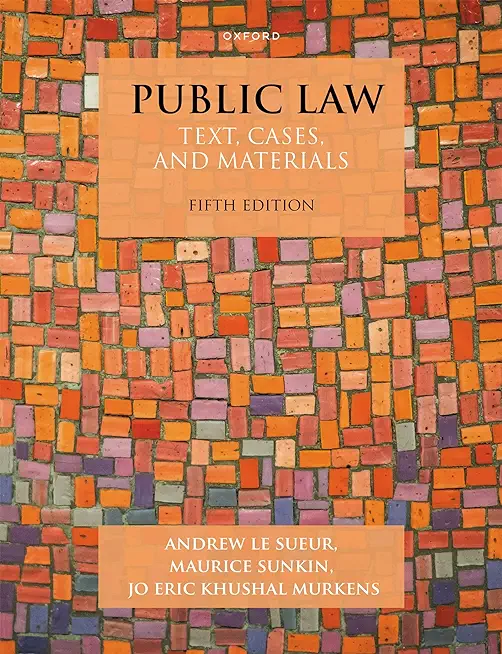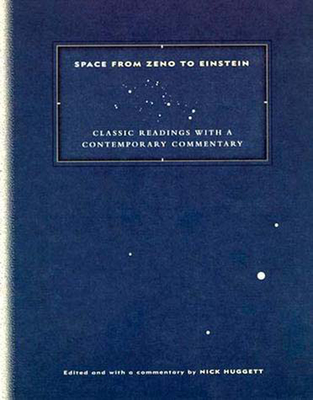
Charney, Noah
Leonardo da Vinci's portrait, called the Mona Lisa, is without doubt the world's most famous painting. It achieved its fame not only because it is a remarkable example of Renaissance portraiture, created by an acclaimed artistic and scientific genius, but because of its criminal history. The Mona Lisa (also called La Gioconda or La Joconde) was stolen on 21 August 1911 by an Italian, Vincenzo Peruggia. Peruggia was under the mistaken impression that the Mona Lisa had been stolen from Italy during the Napoleonic era, and he wished to take back for Italy one of his country's greatest treasures. His successful theft of the painting from the Louvre, the farcical manhunt that followed, and Peruggia's subsequent trial in Florence were highly publicized, sparking the attention of the international media, and catapulting an already admired painting into stratospheric heights of fame. This book reveals the art and criminal history of the Mona Lisa.
Charney examines the criminal biography of Leonardo's Mona Lisa, with a focus on separating fact from fiction in the story of what is not only the most famous art heist in history, but which is the single most famous theft of all time. In the process he delves into Leonardo's creation of the Mona Lisa, discusses why it is so famous, and investigates two other events in its history of theft and renown. First, it examines the so-called "affaire des statuettes," in which Pablo Picasso and Guillaume Apollinaire were arrested under suspicion of involvement in the theft of the Mona Lisa. Second, there has long been a question as to whether the Nazis stole the Mona Lisa during the Second World War--a question that this book seeks to resolve.







